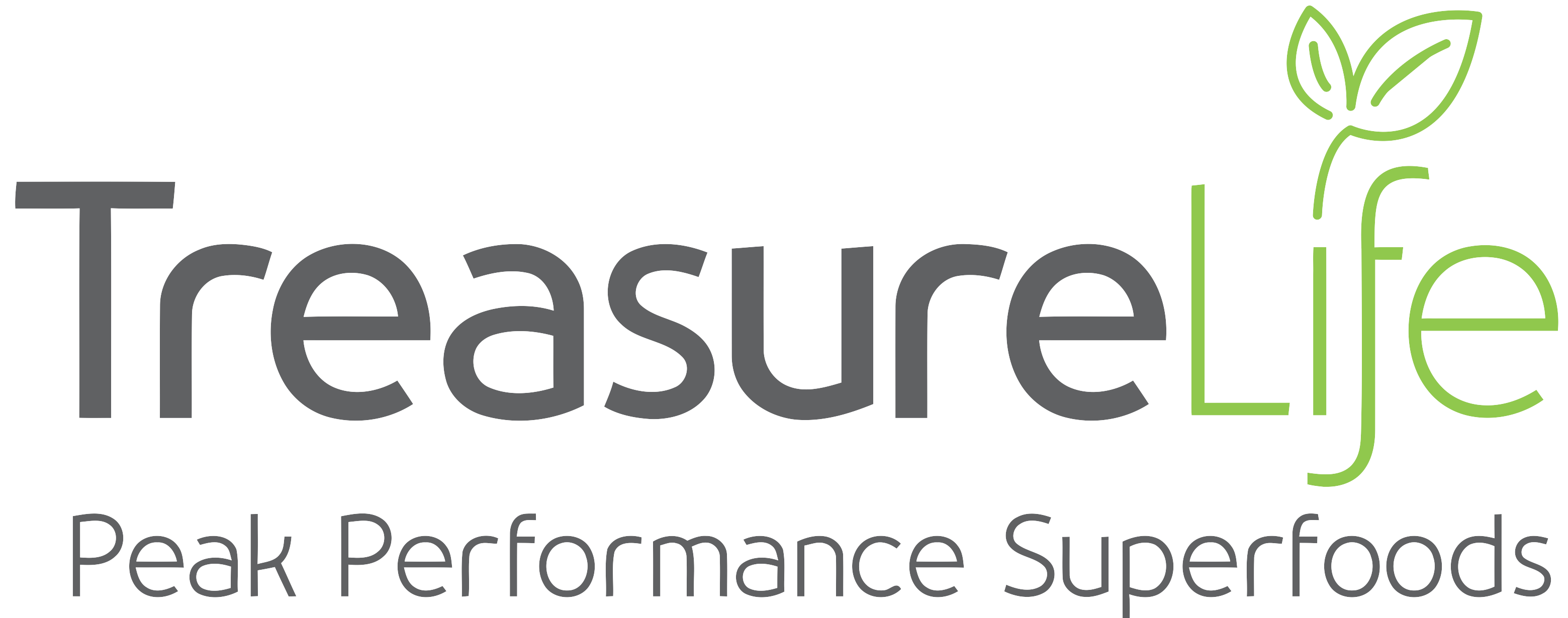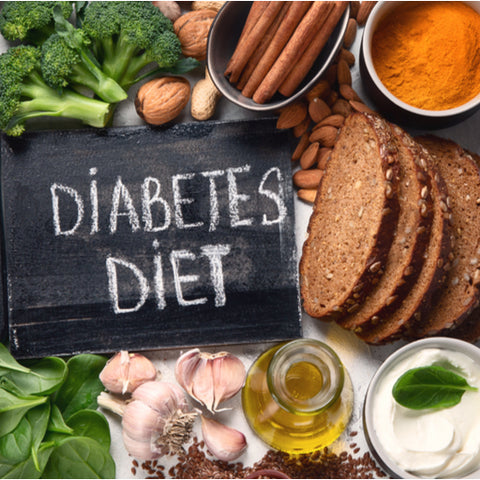As we enter Diabetes awareness month and with stats on the rise yearly, it’s important to know how vital our nutrition is when it comes to managing and preventing this disease. Diabetes prevalence in South Africa has doubled in the last decade, with more than 4.2 million people suffering from the condition, and stats show that 45% of people don’t know they have it. Globally more than half a billion people are living with diabetes. Diabetes is a disease that occurs when your blood glucose, (or blood sugar) is too high. Glucose is your body’s main source of energy – your body can make glucose but it can also come from the food that you eat. Your body also needs insulin to regulate the amount of glucose in your blood – Insulin is a hormone made by the pancreas. Type 1 diabetics produce little to no insulin on their own, Type 2 diabetics don’t produce enough insulin on their own or don’t use insulin well. The resulting effects or symptoms of people who are diabetic (and symptoms to watch out for if you are pre-diabetic) are increased thirst and fatigue, frequent infections and urination, blurry vision, increased appetite and numbness or tingling in hands and feet – watch out for these symptoms so that you are alerted for risk and can get a health check done.
The good news is that simple changes can radically change the way you feel and function as a diabetic or pre-diabetic. New evidence continues to point to the effectiveness of diet and nutrition to lower blood sugar and prevent and treat type 2 Diabetes. Let’s check out some tips that will help you lower blood sugar levels and treat inflammation in your body. The first group of foods I want to mention are Superfoods – they are natural foods that contain a powerhouse of nutrients, are low in calories and pack a punch when it comes to functional benefits in the body, helping it heal at a cellular level. For diabetes, try looking for the superfoods that contribute to helping your body lower blood glucose levels and inflammation and are high in soluble fiber, and start to include them in your diet. Some of these include berries, organic Baobab, organic Mesquite, flaxseeds, chia seeds, oats, and lots of leafy greens.
A diabetes diet simply means eating the healthiest foods in moderate amounts and sticking to regular mealtimes. It's a healthy-eating plan that's naturally rich in nutrients and low in fat and calories. Other key elements to include are lower fructose fruits, vegetables and whole grains. In fact, this type of diet is the best eating plan for just about everyone.
Here are some top tips:
- Look for meals and recipes that contain fewer than 400 calories per portion with less than 45 grams of carbohydrates
- Focus on lean proteins, vegetables and healthy fats
- Eat slightly smaller portions per meal (eat until 80% full)
- Fill your plate with ½ to ¾ of vegetables and or/salad
- Exercise regularly
- Drink plenty of water
Proper nutrition plays a pivotal role in managing diabetes effectively. Check out this mini PDF cheat-sheet for a simple-to-follow guideline showing a variety of low-sugar, low calorie, low carbohydrate and low saturated fat food choices.
Carbohydrates: Selecting complex carbohydrates, such as whole grains and fiber-rich foods, is essential for individuals with diabetes. These choices can help maintain steady blood sugar levels and promote satiety, healthier choices include:
- Whole wheat bread
- Brown rice
- Quinoa
Protein: Incorporating lean protein sources into the diet can contribute to better blood sugar control and promote muscle strength, try:
Fats: Opting for healthy fats, like monounsaturated and polyunsaturated fats, is crucial to maintain heart health, fats such as:
- Avocado Olive oil Nuts and seeds
Healthy carbohydrates: During digestion, sugars and starches break down into blood glucose. Sugars also are known as simple carbohydrates, and starches also are known as complex carbohydrates. Focus on healthy carbohydrates, such as:
- Fruits Vegetables Whole grains Legumes, such as beans and peas Low-fat dairy products, such as milk and cheese
Avoid less healthy carbohydrates, such as foods or drinks with added fats, sugars and sodium.
Fiber-rich foods: Dietary fiber includes all parts of plant foods that your body can't digest or absorb. Fiber moderates how your body digests food and helps control blood sugar levels. Foods high in fiber include:
- VegetablesFruits Nuts Legumes, such as beans and peas Whole grains
Heart-healthy fish: Eat heart-healthy fish at least twice a week. Fish such as salmon, mackerel, tuna and sardines are rich in omega-3 fatty acids. These omega-3s may prevent heart disease. Avoid fried fish and fish with high levels of mercury, such as cod.
Good fats: Foods containing monounsaturated and polyunsaturated fats can help lower your cholesterol levels:
- Avocados Nuts Canola, olive and peanut oils
Foods to avoid
- Saturated fats. Avoid high-fat dairy products and animal proteins such as butter, beef, hot dogs, sausage and bacon. Limit coconut and palm kernel oils
- Trans fats. Avoid trans fats found in processed snacks, baked goods, shortening and stick margarines Cholesterol.
- Cholesterol sources include high-fat dairy products and high-fat animal proteins, egg yolks, liver, and other organ meats. Aim for no more than 200 milligrams (mg) of cholesterol a day
- Sodium. Aim for no more than 2,300 mg of sodium a day. Your health care provider may suggest you aim for a smaller amount if you have high blood pressure
If you think you are pre-diabetic, please consult your doctor or an endocrinologist as soon as you can to get a diagnosis and to get support in your journey to health. For diabetes specialists in SA, visit www.sweetlife.org.za
Sources:
https://pubmed.ncbi.nlm.nih.gov/27476051
https://pubmed.ncbi.nlm.nih.gov/29948369
https://www.ncbi.nlm.nih.gov/pubmed/26354543


